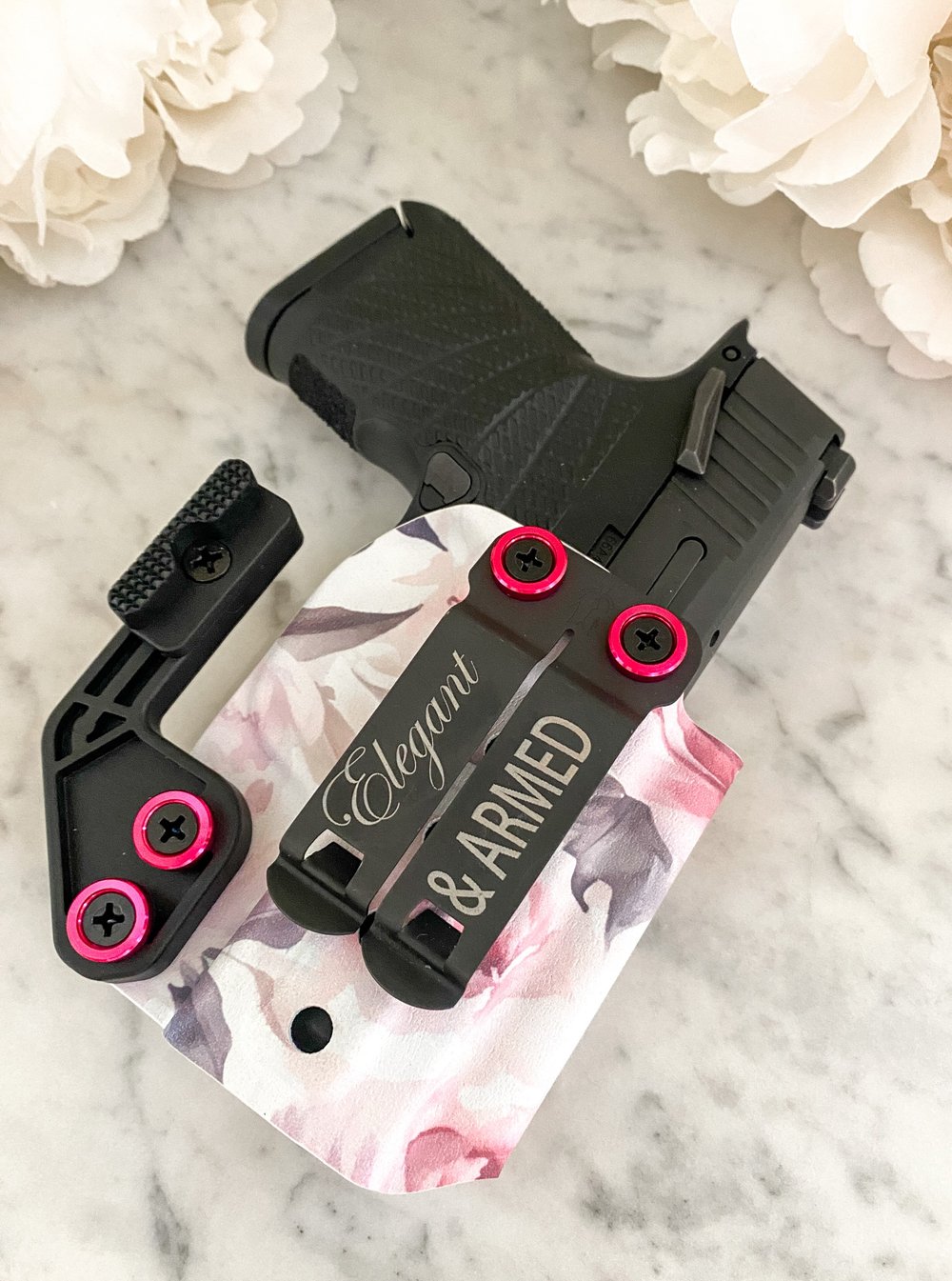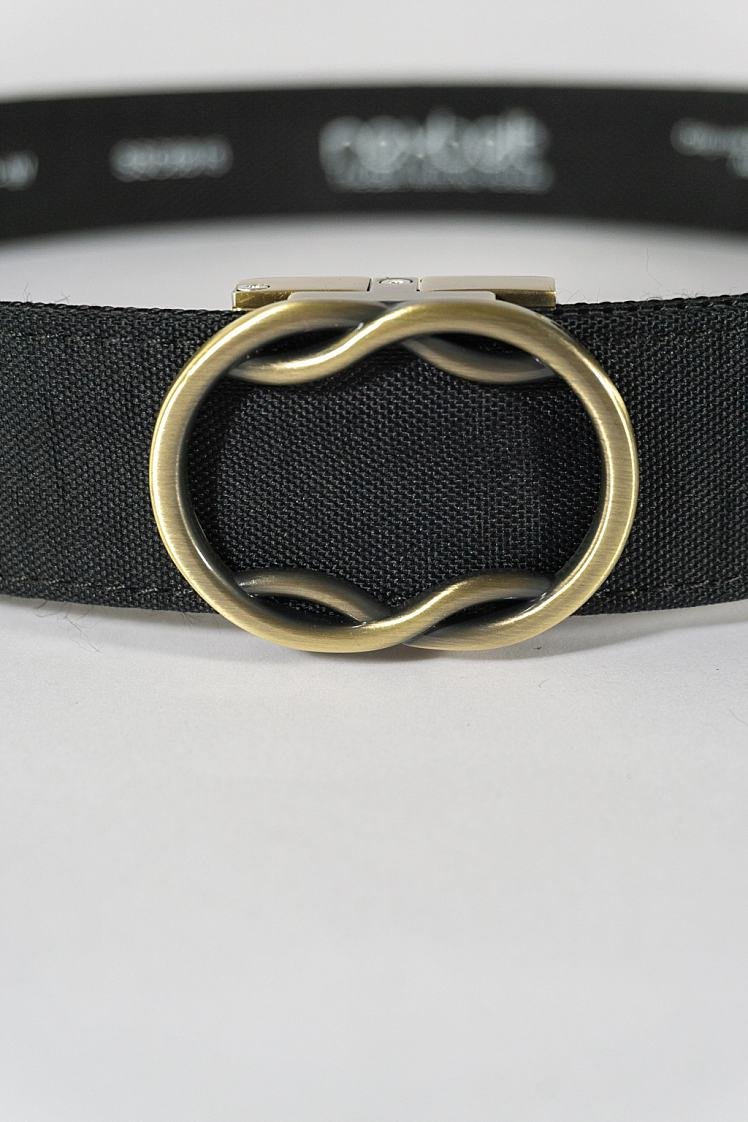How To Think About The Slide When Choosing A Gun - Tension Rankings
Share


Is hand strength an important factor when choosing a firearm? Most shooters can take hand strength for granted; but for many people, simple operations like loading a magazine, pulling back a slide, or clearing a jammed bullet can become barriers if they’re not strong enough. The ability to operate your firearm every time without delay or failure is important, sometimes critically important.
A case in point is my friend who is a healthy, reasonably fit person but she struggles with slide operated handguns. We’ll call her Mandy. When she was shopping for her first pistol, she considered several semi-automatic striker fire guns, but she was not strong enough to pull back any of the slides. You could say she has delicate hands.
In the end Mandy chose a revolver, the Ruger LCR, which has a very light trigger pull as double action revolvers go. What she liked most was that she didn’t have to worry about pulling a slide. However, this gun also has relatively heavy recoil and her hands tire quickly during shooting sessions. It hurt enough that it discouraged her from practicing, which tells me she should chose a different gun.
Mandy’s situation isn’t unique and there are other reasons people may struggle with firearm operation including arthritis pain or injuries. The fact that gun makers are introducing designs to make slide manipulation easier tells me there are a lot of people who are physically challenged with handguns.
There are several factors that affect our ability to operate a firearm slide including strength (pull, pinch, and grip strength), technique, firearm slide tension, and design of grip.
For this post I decided to compare the slide tension of several popular handguns to illustrate how widely gun designs vary on this point.
Testing Method
If you don’t care about the methodology feel free to skip to the results, but for those with an inquiring mind, here’s how I did it!
After trying a couple of other methods that proved inconsistent, my Dad helped me rig up the device pictured below to measure the amount of force in pounds, required to pull back the slide on each gun. The test machine was assembled from the following components:

- Force Gauge: digital instrument for measuring pushing/pulling force. I tested this in advance by lifting a weight and got a consistent reading every time.
- Gun Vice: used to hold the pistol in position.
- Clamp: used to grasp the slide and connect to the force gauge.
- Cross Slide Vice: used hold the force gauge and slowly and consistently pull the slide back while the force gauge measured the pounds of force.

I measured three pulls with each firearm and averaged the results as shown in the chart below. Each pull was done with a full magazine (yes, I kept the gun in a safe direction) since the pressure placed on the bottom of the slide by a full magazine does affect the force required to move it. To help ensure consistent results each pull was done slowly by rotating the turn screw of the cross-slide vice, pulling the slide to the point where the first bullet in the magazine cleared the bottom of the slide and popped up into the position where, if the slide were released, it would push the bullet forward into the chamber. Stopping at this point ensured the slide didn’t reach the hard stop at the end of travel which would have spiked the force reading. The force of the pull was not consistent throughout the entire length of the pull and for each gun there were peaks at various parts of the pull. Still, the force gauge recorded the peak force no matter where it occurred in the pull.
Findings
 Updated on 8/13/2020 to add, Taurus G2C
Updated on 8/13/2020 to add, Taurus G2C
First, and most obvious, there IS significant difference between the easiest and the most difficult slides in the test group. A ten-pound difference is huge when you are pulling that weight with your fingertips!
Despite my best efforts to make everything as consistent as possible there is some variation in the slide tension of the same gun from pull to pull. That’s why I took several readings and averaged them for each gun.
For most of the guns in the test group there was more than one peak of force through the length of the pull. It was common to have a peak in the beginning of the pull, when the barrel is being rotated down out of the locked position, followed by a lower force for much of the slide travel, ending with another peak near the end of the pull.
I also found that some firearms feel easier to rack than their force measurement would indicate. For example, the SIG P365 requires 18.56 lbs, but feels easier to me than the Glock 43 and Ruger LCP. That’s because tension is not the only factor that affects your ability to move the slide. There’s also the ergonomics of the slide, and the technique used to pull it.
Implications
As I pointed out before, slide tension is only one factor in your ability to pull a slide so these results by themselves aren’t going to tell you which firearms will work for you. However, if you have experience with one of the guns in my test group you can see how it compares to the others on a relative basis which may encourage you to try out another model. If you’ve been struggling with the gun you already own, these results may give you some added perspective on why.
“Chime-In!”
Please, let me know your thoughts on this topic and if there are other guns you would like me to include in the test group. As I complete additional gun reviews, I plan to include them in the slide tension roundup.





